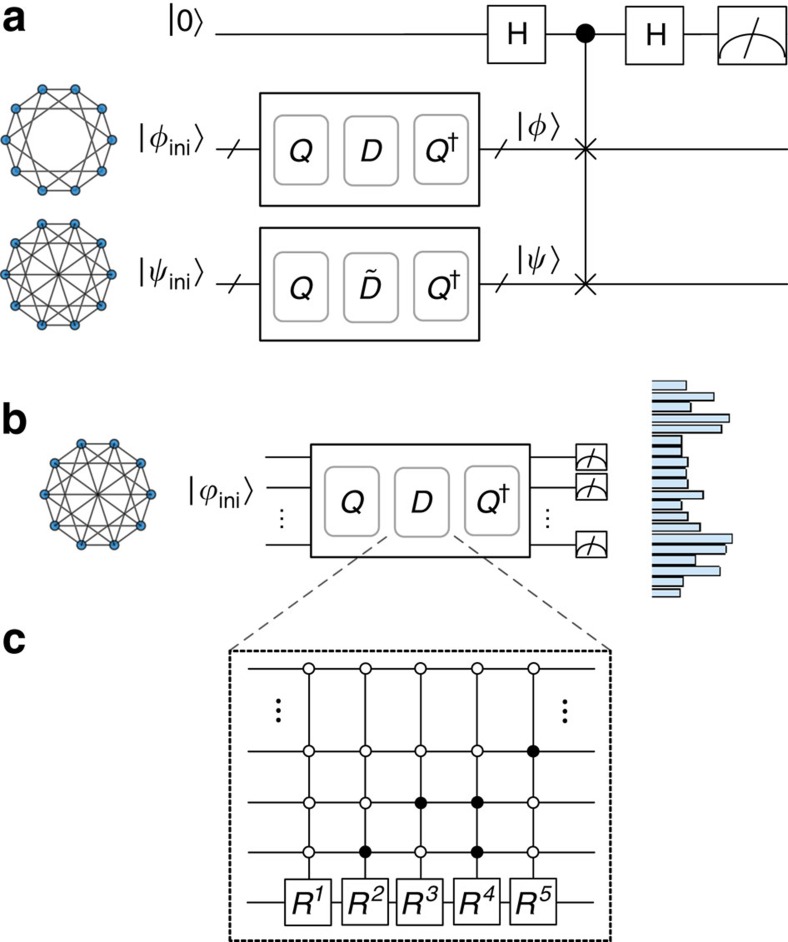Figure 1. Applications for generating the time-evolution state of circulant Hamiltonians.
(a) The SWAP test32 can be used to estimate the similarity of two evolution states of two similar circulant systems, or when one of the Hamiltonians is non-circulant but efficiently implementable. In brief, an ancillary qubit is entangled with the output states  and
and  of two compared processes according to
of two compared processes according to  . On measuring the ancillary qubit we obtain outcome ‘1' with probability
. On measuring the ancillary qubit we obtain outcome ‘1' with probability  —the probability of observing ‘1' indicates the similarity of dynamical behaviours of the two processes. See its complexity analysis in Supplementary Note 1. (b) Probability distributions are sampled by measuring the evolution state in a complete basis, such as the computational basis. (c) An example of the quantum circuit for implementing diagonal unitary operator D=exp(−itΛ), where the circulant Hamiltonian has 5 non-zero eigenvalues. The open and solid circles represent the control qubits as ‘if
—the probability of observing ‘1' indicates the similarity of dynamical behaviours of the two processes. See its complexity analysis in Supplementary Note 1. (b) Probability distributions are sampled by measuring the evolution state in a complete basis, such as the computational basis. (c) An example of the quantum circuit for implementing diagonal unitary operator D=exp(−itΛ), where the circulant Hamiltonian has 5 non-zero eigenvalues. The open and solid circles represent the control qubits as ‘if  ' and ‘if
' and ‘if  ', respectively.
', respectively.  , where
, where  is the corresponding eigenvalue.
is the corresponding eigenvalue.

